Mead comes from Honey, honey.
If you are new to the World of Mead, the most crucial thing to know is that Mead comes from fermenting honey.
Honey on its own is very stable. In fact, it has an indefinite shelf life and honey that has been found in Egyptian tombs (a prize worthy of the afterlife) is still perfectly edible 1000’s of years after it was originally placed in storage. To make mead, we have to alter the honey in such a way that it is no longer stable. To do this, we blend honey with water to make an environment where yeasts are able to thrive and start eating the sugars in it. By contrast, the sugars from grapes are fermented to give us wine and the sugars in apples are turned into alcohol to give us cider. Beer is slightly different and is made from a variety of grains. The grains go through a process where they are “malted” which turns their starches into sugars; these sugars are extracted during brewing to be fermented with hops that are used as a bittering and flavoring “spice” for the brewer.
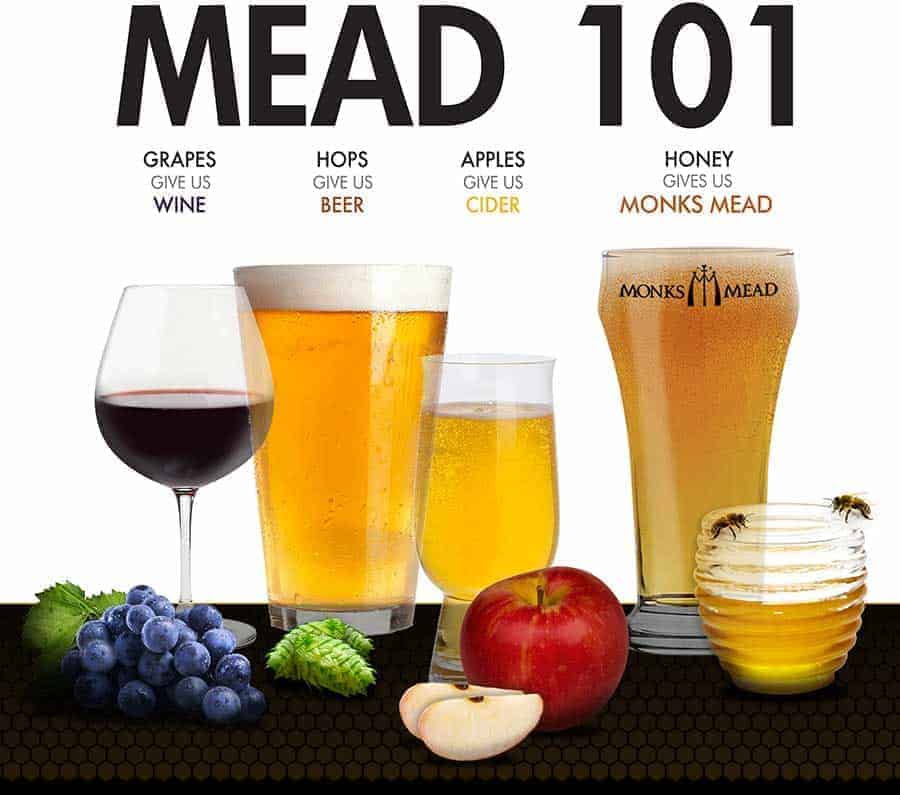
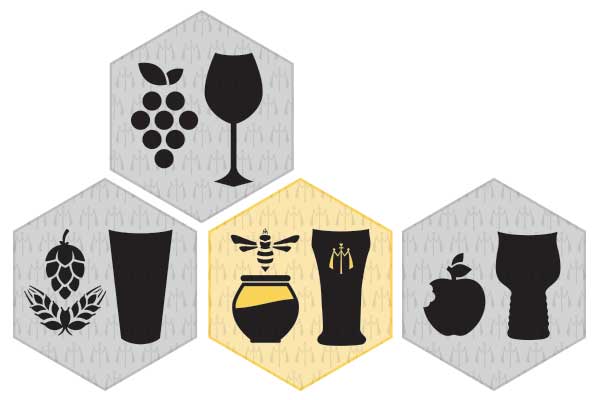
The mead maker has a lot of decisions to make: A good starting point would be to determine what sort of honey to start with. Different honeys give different flavors to the mead that is being made. Depending on how alcoholic or sweet you want the final product will determine how much water is blended with the honey. Picking the yeast strain could be just as important as any of these other decisions. There are many yeast varieties that can be employed that also have unique attributes that contribute to the final product. In conjunction with Southern Brewing Company we’ve played around with some fun wild yeasts that were found on the property where the brewery is today.
After these decisions are made, all sorts of additional flavors can be added to give the mead some further direction. Flavors can come from fruits, spices, hops, and, well, just about anything edible.
At Monks Meadery, we find inspiration from flavor combinations found in other beverages like teas, craft cocktails, and sometimes interesting smoothies. We use ingredients that we can find at our local farmers market or in our pantry. We’ve played around with some savory ingredients and have made some unique meads with celery, cucumber, and even wormwood (this adds a good bit of bitterness to the mead). Taking a play from our beer brewer friends, we’ve played around with lactobacillus (bacteria found in yogurt) which has given our mead a sour tartness and another layer of depth to our mead’s final flavor.
If you’re curious about how to make your own mead, there are dozens of online resources to help you navigate the expansive world of mead.
Feel free to email us with questions about our process or what you are working on: info@monksmead.com
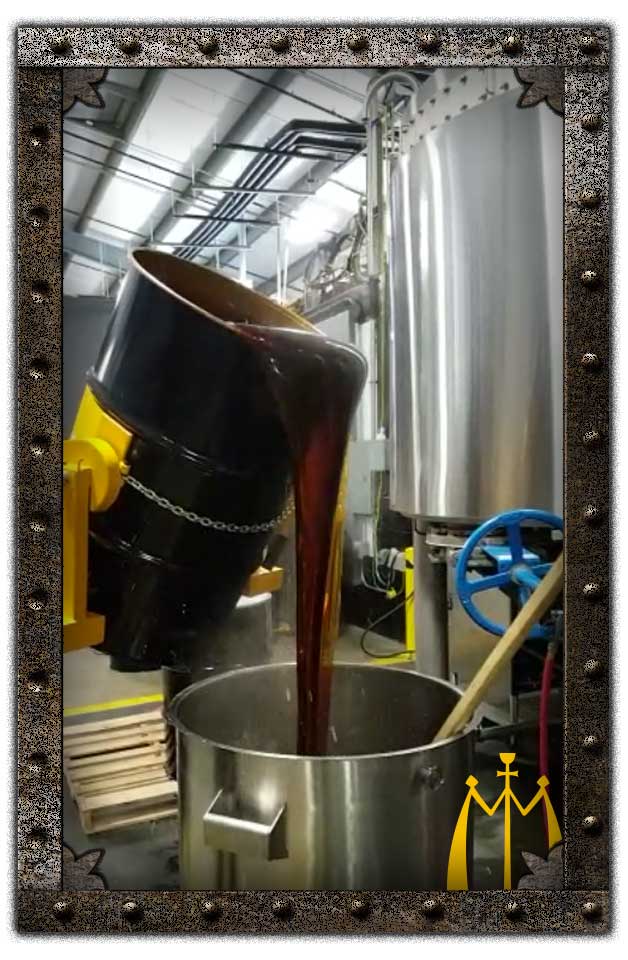
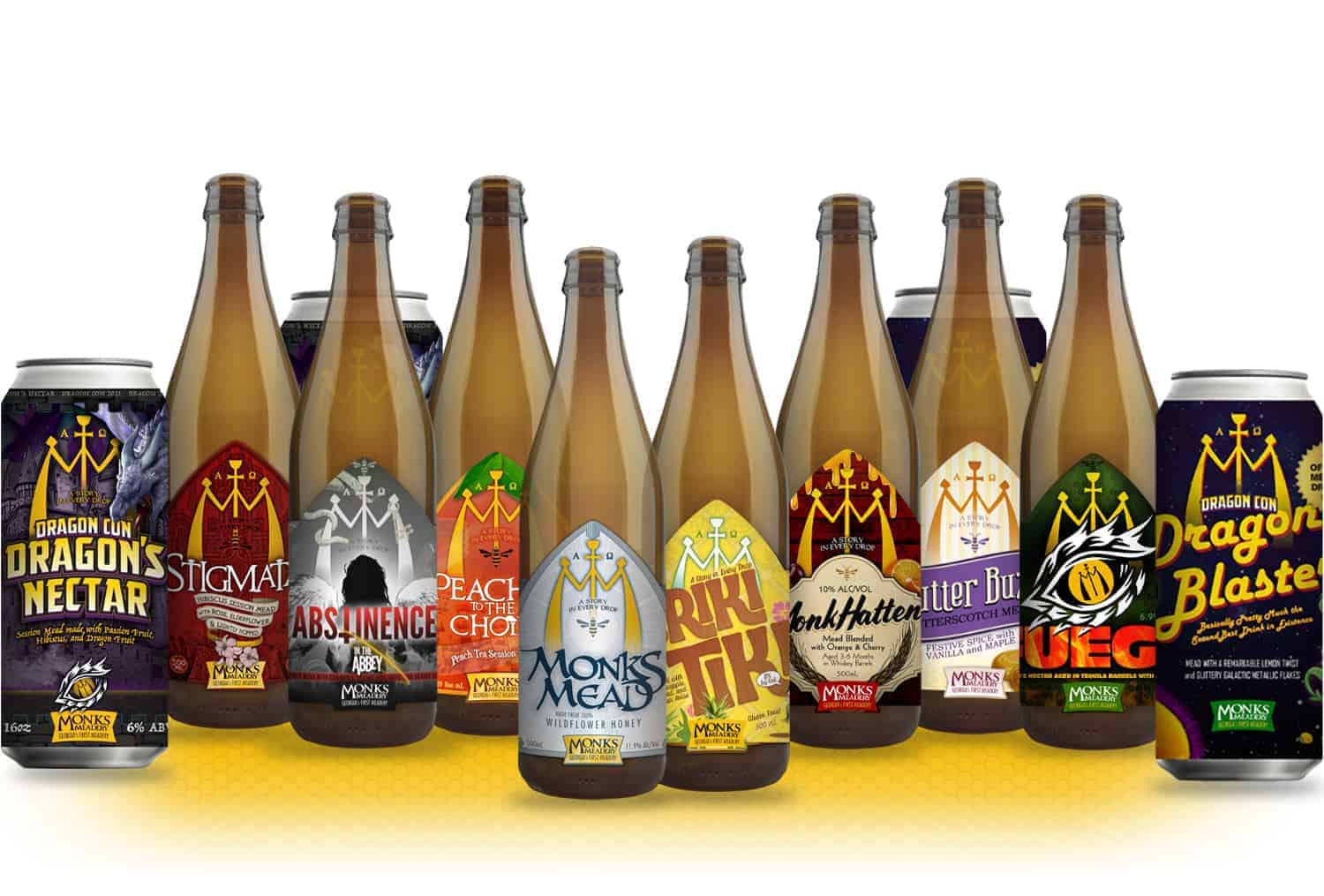
Try this product along with a variety of our other offerings in the Full Experience Mead Sampler.
As an added bonus, save $20 on shipping with each Full Experience
ALL MATERIALS © 2020 MONKS MEADERY || SITE DESIGN & HOSTING by 18 FATHOMS DESIGN Co. in SUNNY WILMINGTON, NC
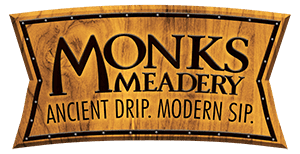
Come check out our awesome new Tasting Room here in Atlanta. You can eliminate shipping fees, and try out some other great flavors at the same time!
Choose “I’ll Pick Up” during the checkout process
Then, simply swing by our Tasting Room during. operating hours to pickup your order. Click the link below for more details on our Tasting Room.